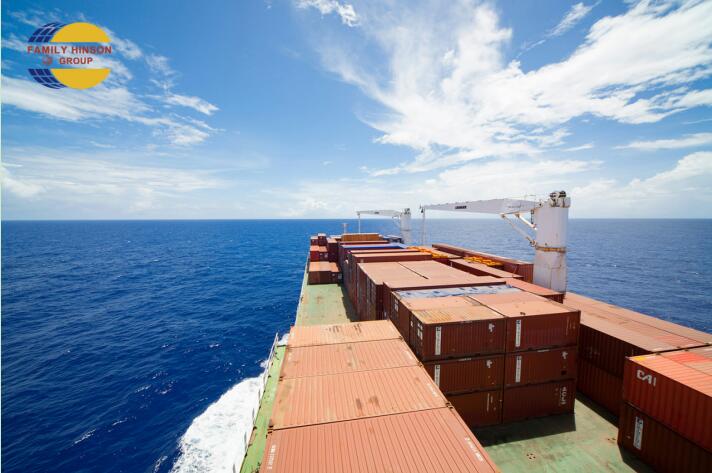2024/04/03

In its 2024 report, US consultancy AlixPartners has highlighted the container shipping sector’s substantial carbon dioxide emissions, emphasizing the necessity for the liner industry to allocate US$1.4 trillion towards achieving carbon neutrality by 2050.
The report suggests that merely investing in and transitioning to alternative-fuel propulsion systems will fall short of meeting the 2030 mandate for a 20% reduction in emissions. However, attaining net zero by 2050 is still feasible—albeit by a narrow margin—if between 5% to 17% of the industry’s fleet adopts zero-emission fuels (such as ammonia, methane, or hydrogen) by 2030, escalating to 84% to 93% by 2050.
Achieving this ambitious goal demands an investment of up to US$1.4 trillion, a financial burden that will be shared among carriers, energy suppliers, and ultimately, shippers and end consumers. AlixPartners underscores the necessity of potent incentives and sanctions to modify the behaviors of both carriers and shippers, a transformation that will neither be simple nor swift.
The consultancy estimates that container ships were responsible for emitting approximately 230 million tonnes of carbon dioxide in 2023, contributing to the total 1 billion tonnes of carbon dioxide emissions from all shipping segments.
AlixPartners describes this figure as “alarmingly high and on an upward trajectory,” noting that the Red Sea crisis and the subsequent diversion of ships to longer routes via the Cape of Good Hope will only aggravate the situation.
The consultancy elaborates: “The conflict in the Middle East has effectively removed the Red Sea and the Suez Canal from the major container lines’ navigational charts. This rerouting around the Cape of Good Hope has led to persistent equipment and space imbalances, compromised reliability, triggered sharp rate increases for cargoes from Asia, obstructed the development of the fastest-growing trade route between Asia and the US East Coast, and fueled a catastrophic surge in carbon dioxide emissions.”
Contrary to the goal of reducing carbon dioxide emissions by 20% by 2030, the shipping industry’s collective emissions are projected to spike significantly in 2024 as liners opt for the Panama Canal over the Red Sea, extending their voyages by approximately 30%.
In a worst-case scenario, industry emissions could near 350 million tonnes by 2050, absent intervention from governments, shippers, consumers, and industry groups.
The challenge of implementing cross-border regulatory changes is compounded by the diverse strategies adopted by different governments to combat climate change and the varying levels of priority assigned to the issue.
AlixPartners remarks: “Container shipping seldom captures the attention of climate activists, as most maritime activities occur far from the public eye, thus garnering minimal consumer awareness.”